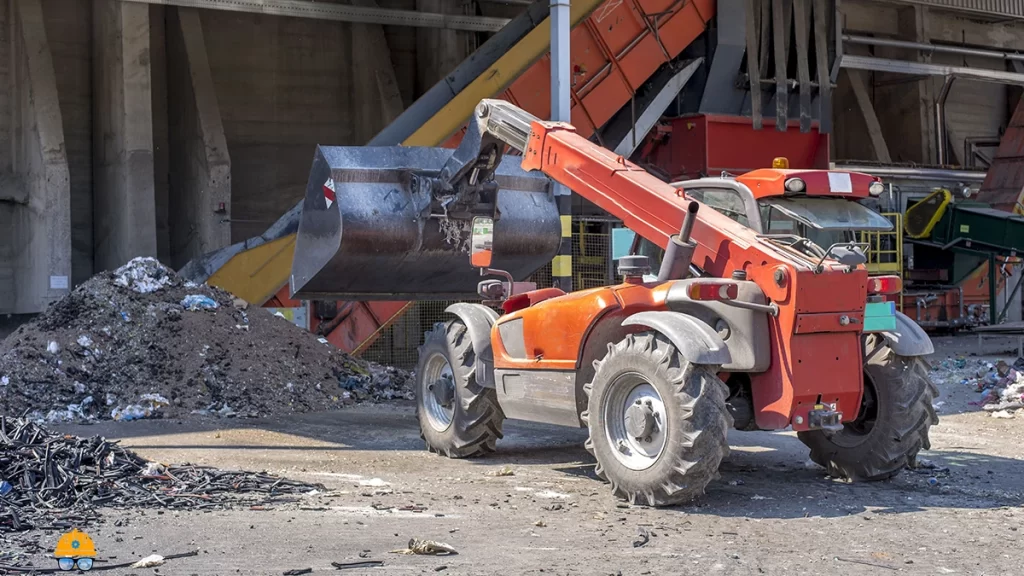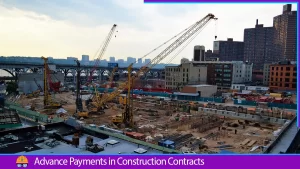The construction industry is a complex and dynamic sector that involves numerous stakeholders working together to bring architectural visions to life. In this intricate process, some defects may inevitably arise after the completion of a construction project. To address this concern, the Defects Liability Period (DLP) plays a vital role in ensuring the quality and durability of the constructed structure.
Defects Liability Period:
The Defect Liability Period, also known as the rectification or warranty period, is a designated timeframe following the completion of a construction project during which the contractor is responsible for rectifying any defects that may emerge. This period is typically outlined in the construction contract and is a crucial element in the overall quality assurance process.
Duration of the Defects Liability Period:
The duration of the Defect Liability Period can vary depending on the terms negotiated in the construction contract. Commonly, it spans between 6 months to 2 years, although some projects may have longer periods based on the nature and complexity of the construction. It is crucial for all parties involved to clearly define this timeframe during contract negotiations.
Also, read: Subcontractors: Their Role and Impact on Construction
Roles and Responsibilities:
Contractor’s Responsibilities:
- Defect Rectification: The primary responsibility of the contractor during the DLP is to rectify any defects that arise in the constructed work. This includes both design and construction defects that affect the functionality, safety, or aesthetics of the project.
- Costs: The contractor is typically obligated to cover the costs associated with rectifying defects during the DLP, unless the defects are a result of external factors or the client’s actions.
Client’s Responsibilities:
- Notification: The client is responsible for promptly notifying the contractor of any defects discovered during the DLP. Open communication is crucial to ensure that issues are identified and addressed on time.
- Access: The client must provide the contractor with access to the site and relevant documentation to facilitate the rectification process.

Importance of the DLP:
- Quality Assurance: The DLP serves as an extended quality assurance measure, allowing for the identification and correction of defects that may have been overlooked during the construction phase.
- Client Satisfaction: The DLP enhances client satisfaction by ensuring that any issues arising post-construction are promptly addressed, maintaining the integrity of the project and the contractor-client relationship.
- Risk Allocation: Defining a specific period for defect liability helps in clearly allocating risks between the contractor and the client. It provides a framework for addressing unforeseen issues without unnecessary disputes.
After The Defects Liability Period:
After the Defects Liability Period (DLP) concludes, the contractual obligations regarding defect rectification shift, and the dynamics between the parties involved may change. Here’s what typically happens after the DLP:
- End of Contractor’s Obligation: Once the DLP expires, the contractor’s responsibility for defect rectification comes to an end. The client can no longer compel the contractor to rectify defects at no additional cost.
- Transition to Maintenance Period (if applicable): Some construction contracts include a Maintenance Period, which follows the Defects Liability Period. During this phase, the contractor may still be responsible for addressing defects, but this usually involves additional negotiation and compensation.
- Client’s Responsibility for Future Defects: After the DLP, the responsibility for addressing any new defects typically falls on the client. This may involve routine maintenance, repairs, or renovations. The client should conduct regular inspections to identify and address issues promptly.
- Warranty Claims: While the DLP is specifically focused on the contractor rectifying defects, broader warranty provisions in the contract may continue to apply. These warranties might cover certain aspects of the construction, and the client may have the right to make claims against them even after the DLP.
- Legal Recourse: If defects emerge after the DLP, and if they are not covered by any extended warranties, the client may need to consider legal options. Legal recourse might involve pursuing claims for damages or seeking compensation for the costs associated with rectifying defects.
- Ongoing Relationship: The end of the DLP doesn’t necessarily mark the end of the relationship between the client and the contractor. Both parties may continue to work together on other projects, and maintaining good communication is essential for the success of future collaborations.
- Lessons Learned: Post-construction, it is common for all parties involved to conduct a review of the project to identify lessons learned. This process can help improve future projects, enhance communication, and avoid similar issues in subsequent constructions.
Also, read: Gantt Chart: Tool for Effective Project Planning
FAQs:
Q: What defects should be rectified during the defects liability period?
Ans: During the Defects Liability Period in construction, various types of defects may arise, and the responsibility falls on the contractor to rectify them. The specific defects that should be addressed during this period can vary based on the terms outlined in the construction contract. However, common categories of defects that are typically covered during the DLP include:
Construction Defects: Issues related to the construction process, such as poor workmanship or improper installation of materials. Deficiencies in the quality of work, including deviations from approved plans and specifications.
Finishing Defects: Flaws in the finishing work, such as painting, flooring, tiling, and other aesthetic elements. Damages to surfaces, including scratches, dents, or stains.
Mechanical and Electrical Defects: Problems with mechanical systems (HVAC, plumbing) and electrical systems that impact their functionality. Electrical wiring issues, including faulty installations and safety concerns.
Q: What is the purpose of a defects liability period?
Ans: The purpose of a defects liability period is to ensure that the contractor rectifies any defects in the construction work promptly after completion, promoting quality assurance and client satisfaction.
Q: What happens after the defects liability period?
Ans: After the Defects Liability Period, the contractor’s obligation to rectify defects ends. The client assumes responsibility for addressing any new defects, and legal recourse or extended warranties may apply. Ongoing maintenance, warranty claims, and a review of lessons learned often follow.
References:
- Defects liability period DLP. (n.d.). Designing Buildings. https://www.designingbuildings.co.uk/wiki/Defects_liability_period_DLP
- Associate, M. M. |. S. (n.d.). What is the defects liability period (DLP)? https://www.turtons.com/blog/what-is-the-defects-liability-period
- Friel, A. (2021, January 27). Defects liability periods. Pinsent Masons. https://www.pinsentmasons.com/out-law/guides/defects-liability-periods
![]()







